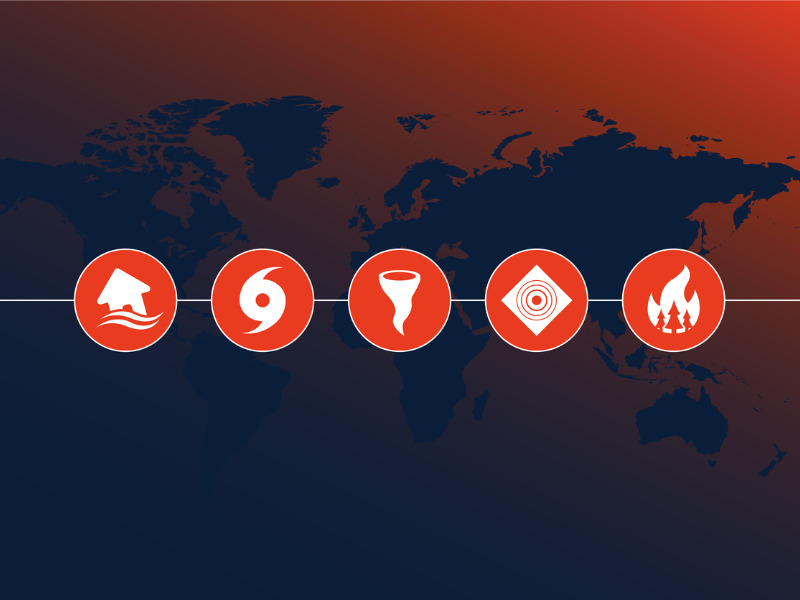Will the multi-billion-dollar Cat loss trend continue indefinitely?

Global insured losses from natural catastrophes reached US$125 billion in 2022, the second consecutive year in which insured losses from NatCats exceeded US$100 billion, according to the latest sigma study from Swiss Re Institute. And it looks like this trend is here to stay.
“Today, average annual insured losses of more than US$100 billion are standard…” Swiss Re said in the report, Natural catastrophes and inflation in 2022: a perfect storm. “This reaffirms the trend of a 5-7% average annual increase in insured losses over the past three decades,” mostly due to rising severity of losses resulting from primary and secondary perils, Swiss Re said.
This trend of increasingly severe weather-related insured losses continues in Canada. Insured losses for severe weather events across Canada hit $3.1 billion last year, the third costliest year on record for Canadian P&C insurers. Using Swiss Re’s 5-7% average annual increase trend, this means the industry could theoretically see $155 million to $217 million more in losses every year in Canada. In other words, in less than five years, the ‘new normal’ could be $4 billion a year in severe weather-related losses.
Swiss Re’s report found natural disasters resulted in global economic losses of US$275 billion in 2022, meaning insured losses covered 45% of the damage. The biggest loss was Hurricane Ian in the United States (at an estimated US$50-65 billion in insured loss).
In Canada, the protection gap (total economic losses minus insured losses) was also at the global level of 45%, Swiss Re said in its report. Ten-year totals for 2013-2022 (inflated to 2022 levels) in Canada were economic losses of US$36 billion minus insured losses of US$20 billion for a US$16 billion protection gap.
“With climate change, environmental devastation, and ever more people concentrated in high-risk areas, impacts from natural catastrophes will continue to grow,” Swiss Re said.
“Rather than the physical destructive force of natural catastrophes themselves, the main driver of resulting high losses are economic growth, accumulation of asset values in exposed areas, urbanization and rising populations, often in regions susceptible to natural perils. We expect that these and the evolution of a range of present-day risk factors like climate change effects and, of late, inflation will continue to drive losses higher.”
And despite yearly volatility, “insured losses will likely continue to grow at trend, even when real-time amplifying factors such as current high levels of inflation recede.”
As for global longer-term loss trends, one is that heat-related perils like wildfire are contributing to an increasing share of losses, the report said. One trend is the doubling of the share of NatCat insured losses from wildfires over the last 20 year. “Fire-related losses were low in 2022 itself but in recent years, large wildfires have wreaked huge damage and unprecedented losses, notably in North America (in Canada in 2016, and in California in 2017, 2018 and 2020.”
The Fort McMurray, Alta. wildfire in May 2016 remains Canada’s costliest disaster at about $4 billion in insured loss.
2022 saw global insured losses well above the 10-year average of US$91 billion. Total insured losses were US$132 billion (the fourth highest on sigma records), US$125 billion of which were NatCats while US$7 billion were man-made disasters.
Global insured losses of more than US$100 billion annually are here to stay, Swiss Re suggests. “We also expect, irrespective of below-average loss years, that annual insured losses will average more than US$100 billion from hereon… The takeaway is to not underestimate loss potential on account of a year or period of below trend growth.”
Feature image by iStock.com/bamlou







